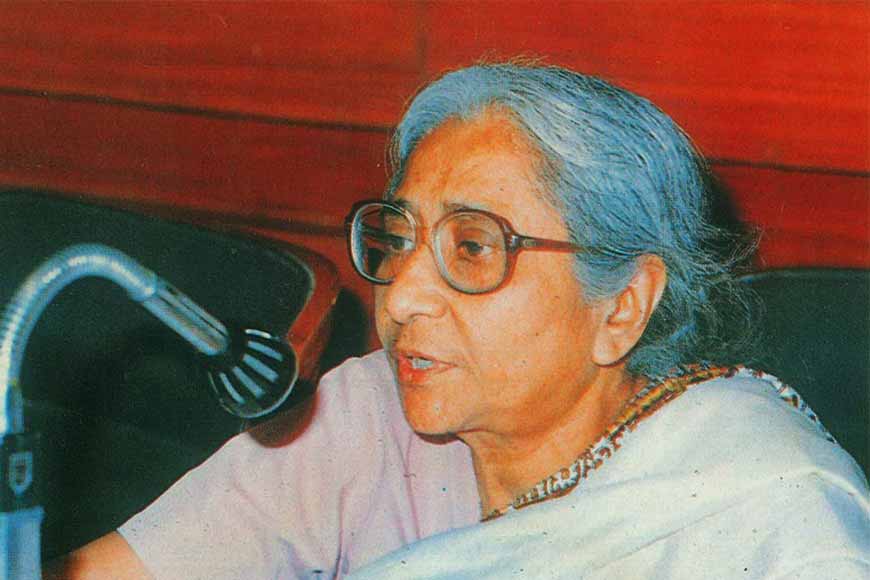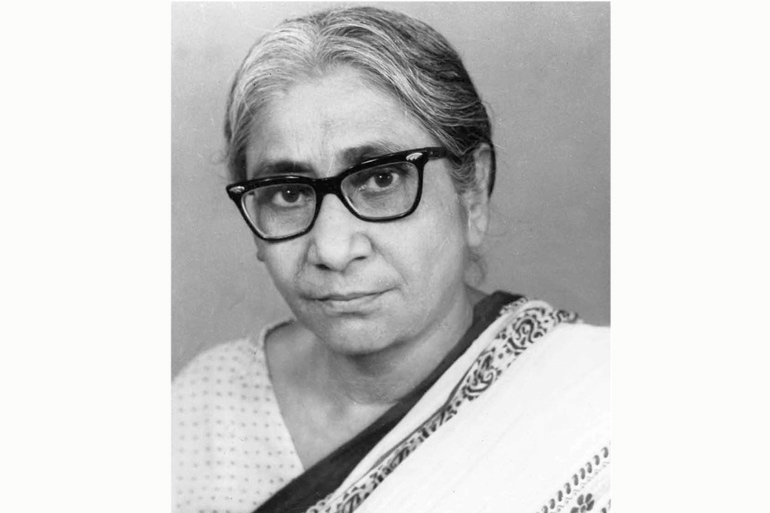The woman who rewrote the rules of science – GetBengal story

Arnold Schwarzenegger once remarked, “In our society, the women who break down barriers are those who ignore limits.” One such woman was Asima Chatterjee, an Indian chemist and pharmacologist who led by example throughout her lifetime.
She was one of the pioneers of Indian science. Born in Kolkata on September 23, 1917, Asima was raised in an era when not too many women were encouraged to study science. But she was too stubborn to break the barrier. Being ambitious from the start, Asima secured her Master’s degree in Organic Chemistry in 1938 and went on to become the first women scientist in the country to obtain a doctorate in science in 1944.
Her research was always a mix of the chemistry of plant medicines and synthetic organic chemistry. She was the second woman to receive a Doctor of Science degree from an Indian university. With time, she became the “Doyen of Chemistry” by her remarkable works in phytomedicine and medicinal chemistry.
The trajectory of Asima’s life was guided by the mentorship of iconic scientists such as Acharya Prafulla Chandra Ray and Prof. S.N. Bose. Her father, Dr. Indra Nayan Mukherjee, an amateur botanist, inspired her early fascination with the healing power of Indian medicinal plants.
She also conducted postgraduate work abroad, including advanced research at the University of Wisconsin, Madison and Caltech. She was instrumental in the discovery of several major drugs, including medications for epilepsy, malaria and cancer.

One of her notable inventions was the anti-epileptic drug Ayush-56 obtained from the plant Marsilia minuta. She also contributed to the development of anti-malarial drugs through plants such as Picrorhiza Kurroa, Alstonia Scholaris, Swertia Chirata and Caesalpinia Crista. Her research on vinca alkaloids, obtained from the Madagascar periwinkle plant, opened the door to chemotherapy agents that retard the growth of cancer cells.
Overcoming numerous obstacles — lack of funding, ill-equipped labs, lack of support, she never threw in the towel. What kept her going was her love for science and her determination to make a difference. She joined the University of Calcutta in 1962 as the Khaira Professor and continued there till 1982.
In 1975, she sealed her name in history as the first woman to become the General President of the Indian Science Congress. In her whole professional journey, she received many honours, including the Shanti Swarup Bhatnagar Prize in 1961, the C.V. Raman Award, and the Padma Bhushan for her incredible contributions to medicine which led her to reach the heights.
Recognizing her as a national treasure and the torchbearer for women in modern education, the President of India nominated her to the Rajya Sabha for her work as a scientist and academician.
This gem of India, Asima Chatterjee, passed away on November 22, 2006, but her legacy continues to thrive. Her life story is a shining example of how determination, brilliance, and a never-give-up attitude can break even the toughest barriers. She remains a true pathfinder, a role model, and a pioneer whose impact on science and medicine will be remembered forever.










